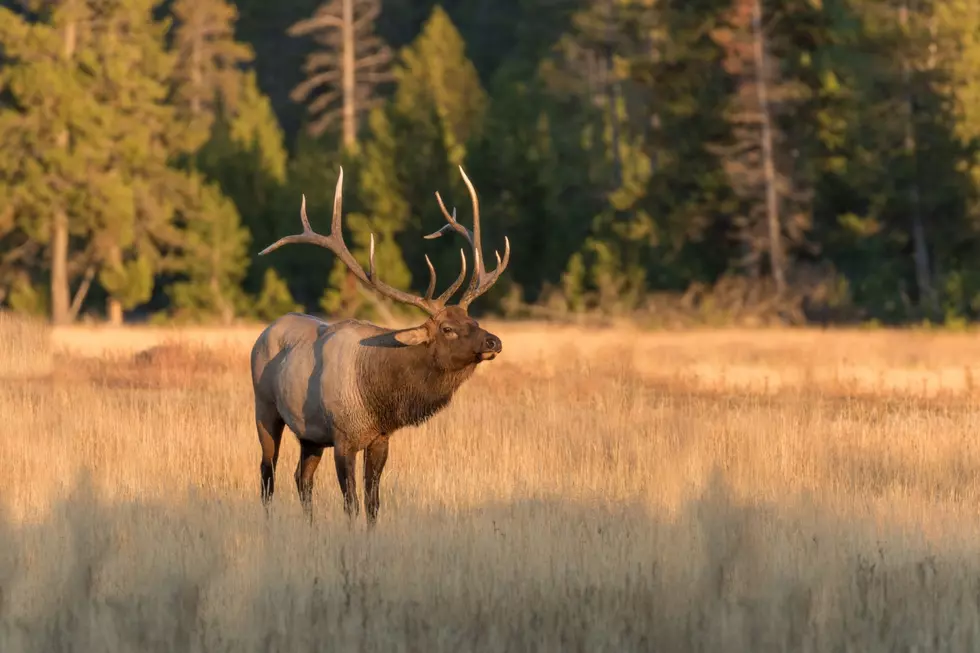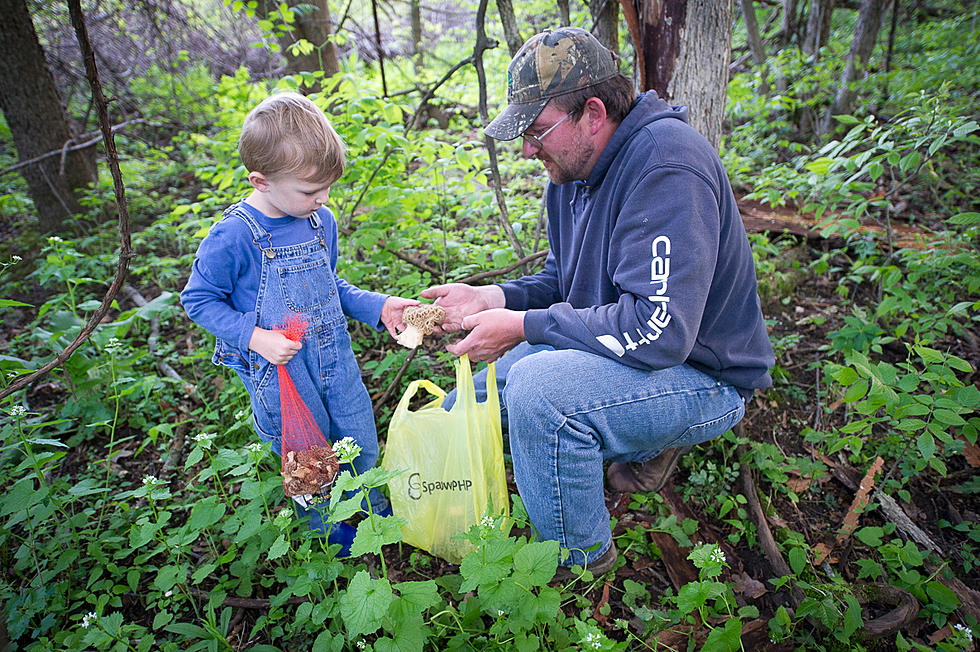
2014 Michigan Elk Hunting Season Meets Goals
The Michigan 2014 elk hunting season has ended and the Michigan DNR's management goals were met this year.
“The elk hunt is an exciting time for everyone,” said Department of Natural Resources wildlife biologist Jennifer Kleitch. “We control the elk population through very intense management – we target specific areas and properties during certain time periods.”
The elk season had two hunt periods – the early season, Aug. 26-29, Sept. 12-15 and Sept. 26-29 and the late season, Dec. 6-14. About 30,000 eligible Michigan hunters applied for 100 elk licenses. Both the early and late season had quotas of 15 any-elk or bull licenses and 35 antlerless licenses.
Hunters during the early season harvested 37 elk - 13 bulls, 23 cows and 1 calf. Late-season hunters harvested 41 elk - 14 bulls and 27 cows.
“Again we had a good season, hunters were successful and safe, and we achieved our management goals,” said Kleitch.
There will not be a January hunt this year because the first two seasons achieved management goals.
The elk hunt also helps to track the health of the elk herd:
- Each elk hunter must have his or her harvest checked by DNR staff.
- Harvest location, sex of the animal, antler information and field age are recorded.
- An incisor tooth is pulled on each elk to determine an exact age of the animal at the DNR Wildlife Disease Lab in East Lansing at a later date.
- Because elk can travel within the bovine tuberculosis area and can contract TB, every elk harvested is tested for TB.
- The harvest site is field-checked by DNR staff to ensure the health of the animal and legality of the kill site.
More From 100.5 FM The River









